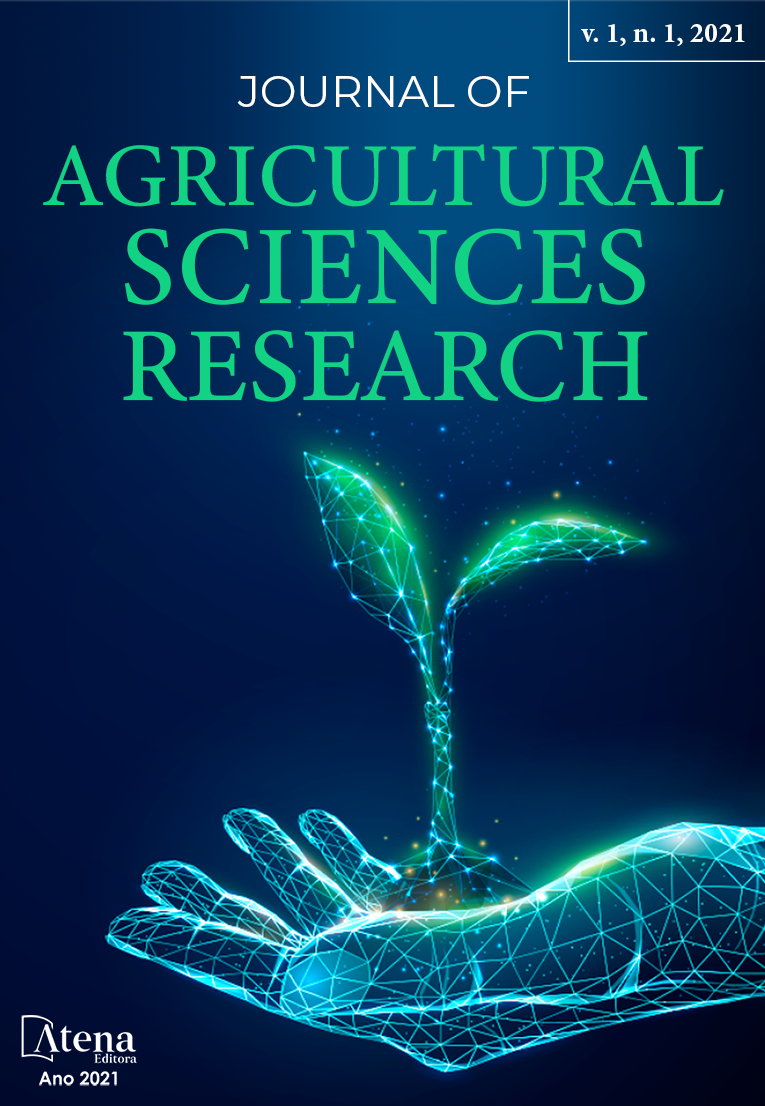
ECOLOGICAL STUDY OF THE STOMATIC DENSITY OF FOREST SPECIES
The Amazon concentrates the greatest diversity of forest species on the planet, among these species are the Adenhantera pavonina L. and the Hevea brasiliensis Muell Arg. Considering the scarcity of studies relating stomata with the physiology of these species in the literature, the objective of this work was to analyze the stomatal density and its relationship with the physiology of the species, as well as identify the types of stomata present in each species and classify the leaves as for the presence of stomata. The botanical material was collected in two green areas of Itacoatiara-AM, in Horto Florestal, the leaves of A. pavonina and in the Rubber Tree Forest, the leaves of H. brasiliensis. For each species, leaves from the apex, middle and base were collected, with three samples from each position of the tree from three different individuals. The leaves were preserved in 70% alcohol for further analysis. To determine the stomatal density, the dissociation of the epidermis was done with sodium hypochlorite, stained in safranin and subsequent mounting of slides for analysis under an optical microscope. The stomata had their classification confirmed by means of freehand paradermal cuts. Both species studied presented hypostomatic, homeostomatic leaves with the presence of paracytic stomata. In this study, evidence was found (p= 4,4-46) to affirm that the density of H. brasiliensis differs in the different positions of the tree, and, for the A. pavonina (p= 0,577) no differences were found in relation to stomatal density.
ECOLOGICAL STUDY OF THE STOMATIC DENSITY OF FOREST SPECIES
-
DOI: 10.22533/at.ed.9732111107
-
Palavras-chave: Microscopy; Dissociation; Hypostomatic leaves.
-
Keywords: Microscopy; Dissociation, Hypoestomatic leaves
-
Abstract:
The Amazon concentrates the largest diversity of forest species on the planet, Among these species are Adenhantera pavonina L. and Hevea brasiliensis Muell Arg. Considering the scarcity of studies relating the stomata with the physiology of these species in the literature, the objective of this work was to analyze the stomatal density and its relationship with the physiology of the species, as well as to identify the types of stomata present in each species and classify the leaves as to the presence of stomata. The botanical material was collected in two green areas of Itacoatiara-AM, in the Forest Garden, the leaves of A. pavonina and in the Bosque das Seringueiras, the leaves of H. brasiliensis. For each species, leaves from the apex, middle and base were collected, and three samples from each tree position of three different individuals, the leaves were stored in 70% alcohol for further analysis. To determine the stomatal density, the epidermis was dissociated with sodium hypochlorite, stained in safranin and subsequent assembly of slides for analysis under optical microscope. The stomata had their classification confirmed by free-hand paradermal cuts. Both species studied presented hypostomatic, homeoestomatic leaves with the presence of paracytic stomata. In this study, evidence was found (p= 4.4-46) to state that the density of H. brasiliensis differs in the different positions of the tree, and for A. pavonina (p= 0.577) no differences were found in relation to stomatal density.
-
Número de páginas: 12
- Otávio Reis Vasconcelos
- Alícia Monteiro Cursino
- Maria Olívia de Albuquerque Ribeiro
- Deolinda Lucianne Ferreira Garcia


